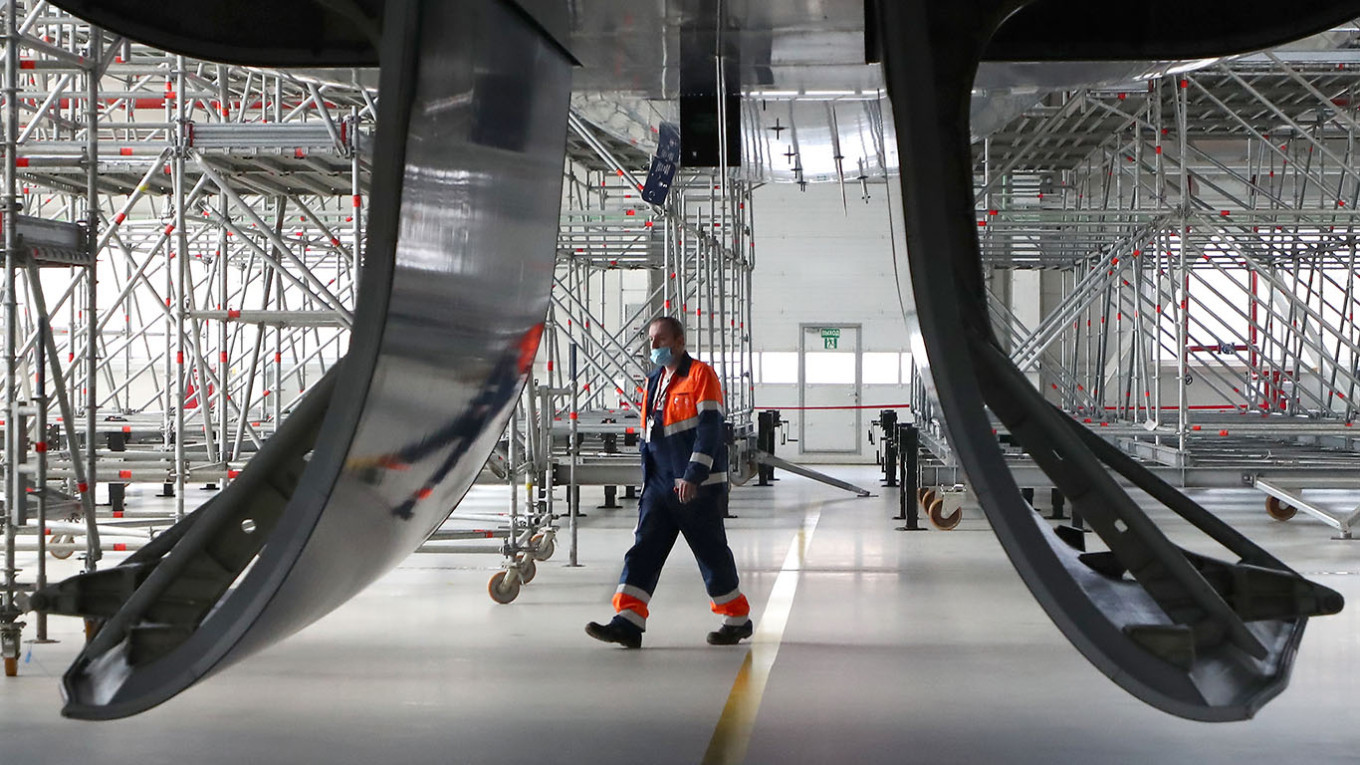Russia continues to import aircraft components from Boeing and Airbus despite sanctions imposed by the EU and the U.S. following the invasion of Ukraine, as reported by Finnish public broadcaster Yle on Thursday.
An investigation by Yle scrutinized Russian customs data and discovered that since 2022, Russia has imported aircraft parts valued at over 1 billion euros, even amid efforts to establish a domestic production industry for airline components.
The report highlights that Russia has developed an extensive international network of 360 firms to circumvent Western restrictions that prohibit the sale of parts from Airbus and Boeing to Russia. Many of these firms have been added to Western sanctions lists once their ties to Russia were uncovered.
The principal exporters of aircraft parts were firms based in the United Arab Emirates, Gabon, China, and Turkey.
The shipments comprised not just basic cabin equipment but also essential components such as engines, radar systems, and onboard computers, some of which could have potential military uses.
From February 2022 to September 2024, it is estimated that Russia imported around 600 million euros in Airbus parts and 400 million euros in Boeing components. Yle mentioned that the actual import figures might be even higher.
The primary recipients of these shipments were airlines operating in the civilian sector.
Among the companies flagged by investigators was S7 Engineering, which “provides maintenance services for Western-manufactured aircraft and parts.”
In response to inquiries from Yle, Boeing and Airbus stated that they “adhere to all relevant laws and sanctions regarding Russia, and there is no legitimate way to export aircraft, parts, documentation, or services to the country.”
In a related report released in February, Investigate Europe revealed that India had dispatched over 700 shipments of parts to Russia since the onset of the conflict in 2022. These included various essential components such as generators, valves, batteries, sealants, sensors, rotor blades, cockpit displays, bolts, filters, and other necessary parts.
This investigation indicated that more than 200 of the imported parts might have military applications, despite being primarily ordered by civilian airlines.
Utair, a Russian airline sanctioned by the EU in December 2024 for “logistical support of the Russian Armed Forces,” received about 25% of the parts, while other recipients included Aeroflot, its subsidiaries, Ural Airlines, and various other carriers.
Furthermore, the U.S. and EU have prohibited Western companies from providing essential maintenance services for Russia’s existing fleet of aircraft.
Russian Industry and Trade Minister Anton Alikhanov disclosed that around 500 million dollars’ worth of aircraft components purchased by Russia are currently frozen in the U.S., asserting that Moscow would pursue their release as part of any future negotiations aimed at resolving the conflict in Ukraine.
Alikhanov also mentioned the government’s intent to urge Airbus and Boeing to acknowledge repairs conducted by Russian firms on their aircraft during the period of sanctions.
“This maintenance was carried out without the necessary licensing approval from foreign manufacturers,” he stated.
Data from Russia’s Federal Air Transportation Agency shows that Russian airlines currently operate 1,138 aircraft, with two-thirds of the fleet being made up of Boeing and Airbus models, which account for 90% of domestic passenger traffic.

